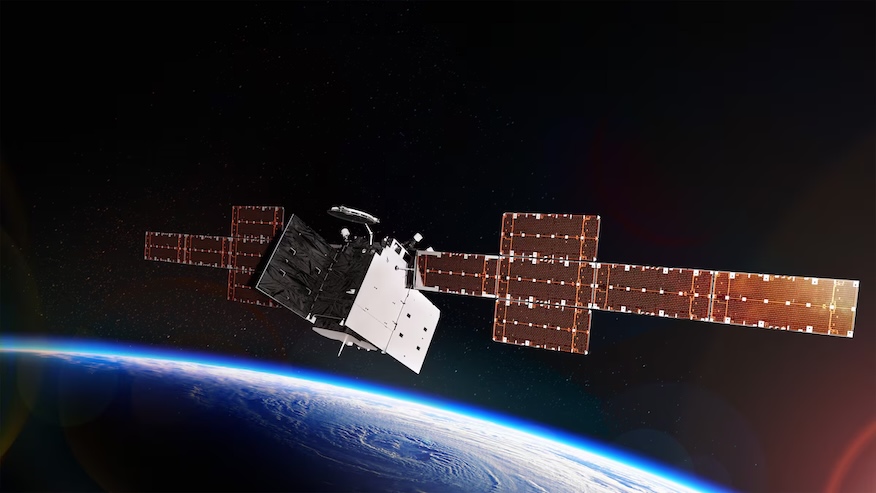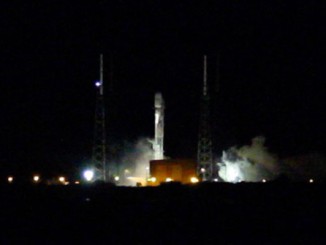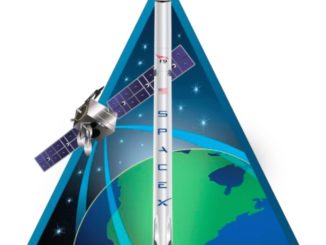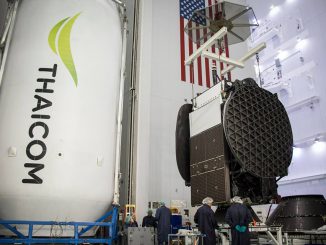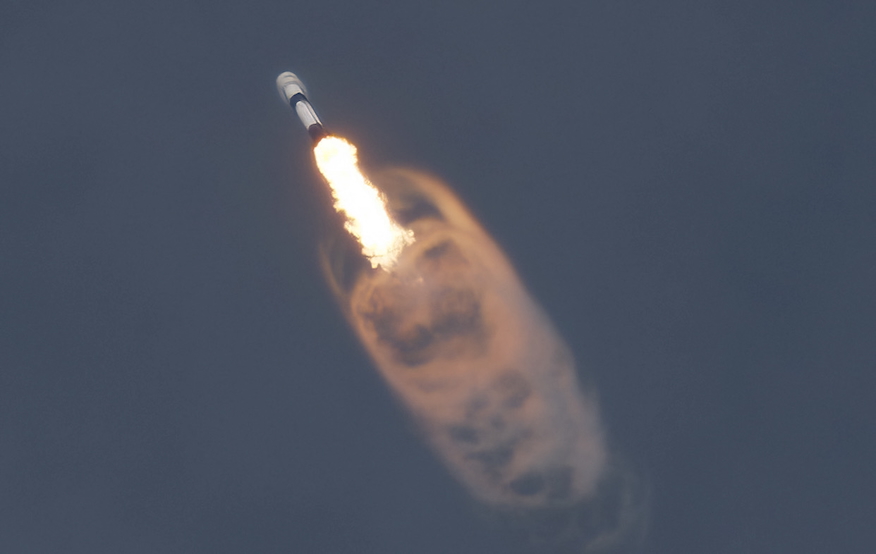
Update July 22, 5:47 p.m. EDT: SpaceX landed the first stage booster on the droneship, ‘Just Read the Instructions.’
SpaceX managed to luck out with the weather on Tuesday as it launched two satellites to medium Earth orbit. The Falcon 9 flight followed a last minute scrub on Monday on which SpaceX didn’t elaborate.
The mission featured another pair of satellites for one of its oldest customers, SES, using a Falcon 9 rocket at Cape Canaveral Space Force Station. The ninth and tenth O3b mPOWER satellites will head into a medium Earth orbit.
Liftoff from Space Launch Complex 40 happened at 5:12 p.m. EDT (2112UTC). Deployment of the pair is set to occur nearly two hours after the rocket takes off.
The 45th Weather Squadron said in its prelaunch forecast published on Monday that conditions during the two-hour window on Tuesday presented just a 20 percent chance for favorable launch weather. Meteorologists said they are tracking concerns for cumulus clouds and lightning in the vicinity of the pad.
“An approaching surface front will stall across northern FL mid-week. This, combined with above-normal moisture across the area and a weak disturbance, may generate scattered to widespread showers and thunderstorms during the launch opportunities Tuesday and Wednesday,” launch weather officers said. “Additionally, a stronger west-coast sea breeze will help storms develop more across the Spaceport on Tuesday, making the POV highest on Tuesday out of the two days.”
After it began fueling its Falcon 9 rocket, SpaceX took to social media to state that the weather had improved to 60 percent favorable.
SpaceX used its Falcon 9 booster with the tail number B1090 to launch the mission, which happened to also launch the last pair of O3b mPOWER satellites on its first flight in December 2024. This was the sixth flight for B1090 after previously launching NASA’s Crew-10, the Bandwagon 3 rideshare and two Starlink missions (Starlink 6-67 and Starlink 10-18).
A little more than 8.5 minutes after liftoff, B1090 landed on the droneship, ‘Just Read the Instructions.’ This marked the 129th landing on this vessel and the 478th booster landing to date.
The two satellites were delivered to Florida by Boeing, the satellite manufacturer, in early July for final processing and preparation for launch.
“The O3b mPOWER spacecraft are the most capable and flexible commercial satellites to ever operate in space,” said Michelle Parker, vice president, Boeing Space Mission Systems, in a July 2 statement. “Many of us have tried to connect from an airplane or cruise ship and found the connection unreliable.
“Our software-defined payload technology allows SES to deliver high-speed, reliable connectivity, adapting in real-time to user demand. It’s a game changer, and the first eight satellites are showing users just how incredible this technology is.”
The satellites join eight others currently in medium Earth orbit (MEO), which is about 8,000 km (4,971 mi) above the Earth’s surface. SES previously announced that the 11th O3b mPOWER satellite will launch sometime in the summer of 2025, but hasn’t named a specific date.
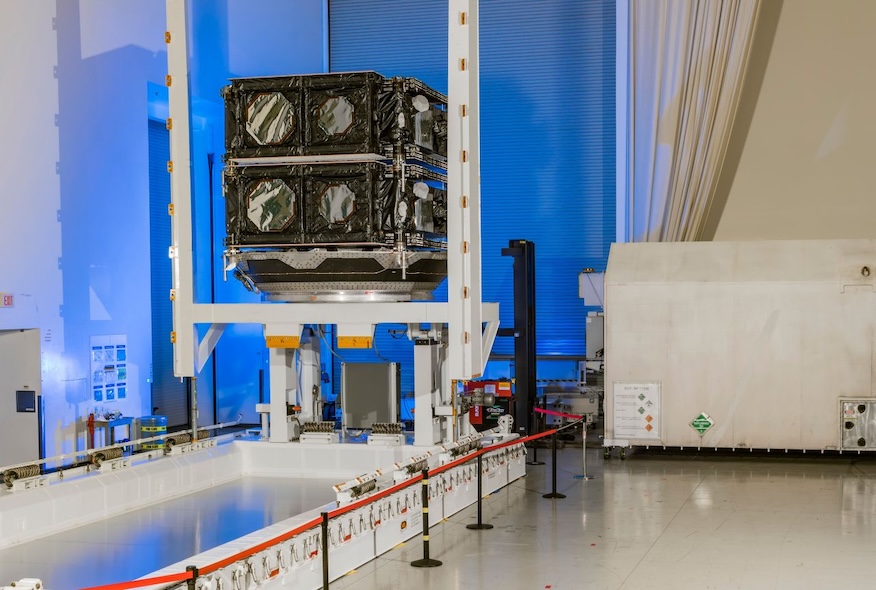
According to its first quarter 2025 financial results presentation, service with this constellation became with the commissioning of the seventh and eighth satellites and will conclude with the 12th and 13 satellites, which will launch to MEO in 2026. The company reported 8.4 percent year-over-year growth in its April report.
Electrical issues with the first four O3b mPOWER satellites compromised the satellites to a degree an necessitated fixes that began rolling out with the fourth pair of satellites. SES implemented a plan to address the changes beginning with the seventh satellite. The fifth and sixth satellites were too close to launch to fully implement changes to them.
Satellites seven and eight entered into operational service in May 2025.
“The scalability of our MEO network allows us to regularly add satellites incrementally, ensuring capacity growth aligns with customer demand while maintaining a balanced supply-demand ratio in a CapEx-efficient manner,” said Adel Al-Saleh, SES CEO during the Q1 earnings call “Each new satellite enhances the constellation, boosting overall capacity and network efficiency to support long term profitable growth.”
He said the company saw a negative €51 million ($59.7 million) cash flow for the first quarter due in large part to the capital expenditures (CapEx) being spent on the O3b mPOWER satellite constellation. He added that the insurance claim connected to the electrical issues on the first four mPOWER satellites has so far recovered $58 million.
Boeing, the primary manufacturer of the mPOWER satellites, noted that the baseline capabilities onboard these satellites will be “hardened for military use” on the forthcoming Wideband Global SATCOM (WGS)-11 and WGS-12 satellites that Boeing is manufacturing for the U.S. Space Force.
The former was awarded to United Launch Alliance and its Vulcan rocket as part of the third batch of missions announced as part of the National Security Space Launch (NSSL) Phase 2 Contract. The Space Force’s Space Systems Command hasn’t named a launch vehicle for the $439.6 million WGS-12 satellite yet.
